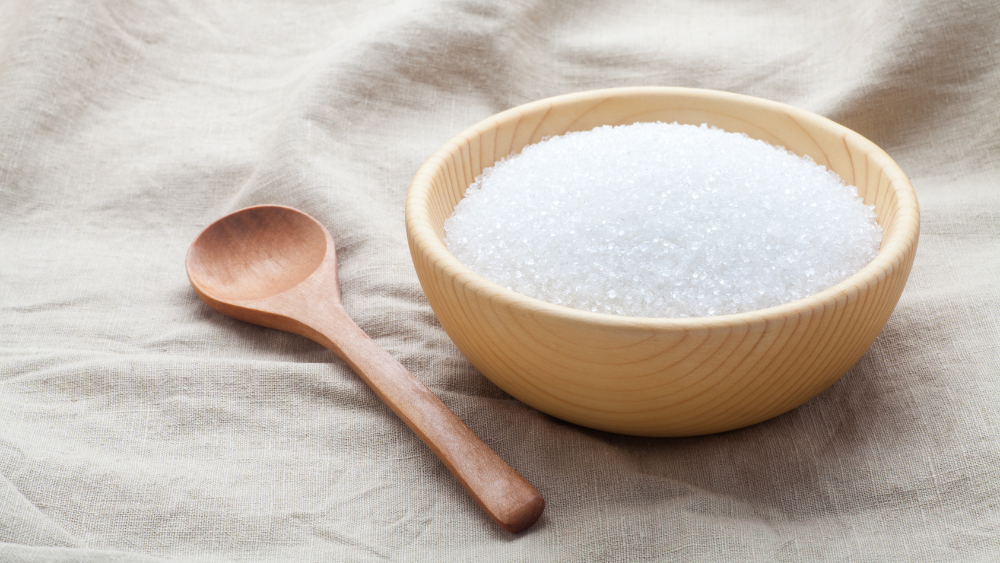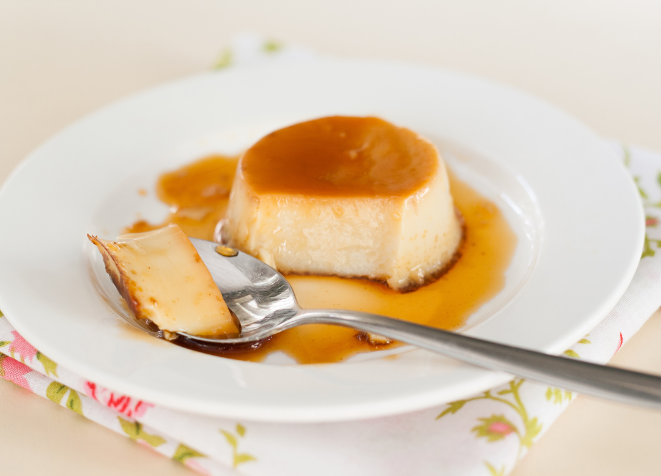Isomaltulose vs. Classic Sugars
These are the main differences between isomaltulose and the classic sugars that you find in most processed foods, restaurants and home kitchens.

Isomaltulose
- Lowers glycaemic response and insulin demand, improving blood sugar control.
- Low GI – reduces nutrigenomic risk (food gene interaction) of developing Type 2 diabetes.
- Provides sustained energy and prevents blood sugar “crashes.”
- Positively influences blood lipid profile and encourages fat metabolism.
- Provides steady, neurologically protective energy without affecting insulin levels.
- Induces mitochondrial activation enhancing the efficiency of muscle cells.
- Protects teeth from plaque-forming bacteria that ‘steal’ minerals. Approved by EFSA as safer for teeth.
- Promotes weight loss by encouraging fat burning for fuel..

Classic Sugar
-
Sticks to red blood cells (impairing the haemoglobin that is critical for oxygen transport) and elevates HbA1c.
-
High GI – increases nutrigenomic risk (food/gene interaction) of developing Type 2 Diabetes.
-
Rapid energy which crashes, causing hunger and lethargy (tiredness and mental fog).
-
Increases production of cholesterol by the liver in response to inflammation.
-
Reduces focus, induces anxiety, impairs memory, reduces BDNF (a neurotransmitter involved in learning), and increases oxidative stress (creating brain inflammation and brain fog).
-
Encourages fermentation by-products impairing muscle function and increasing inflammation.
-
Feeds bad bacteria that cause bad breath, plaque, and demineralize teeth.
-
Promotes fat storage and restricts metabolic access to using fat for fuel.
How can I use isomaltulose?
Isomaltulose tastes like household table sugar, but it’s about half as sweet.
It works well in a variety of foods and beverages, including baked goods, yogurt, and coffee.
Heating or baking isomaltulose creates a mild caramel flavour, which makes it perfect for baking or desserts (e.g. crème caramel).

Your Personal Sugar Strategy
One of the challenges when replacing classic sugars, with Dr Coy’s healthy sugars, is that they have different properties:
- Some are great for baking, others are better for ice-cream.
- Some taste super sweet, others much less so.
- Some have the same calories as classic sugars, others have less.
Also, we each have different needs when it comes to energy, and preferred levels of sweetness:
- An athlete needs more energy than an office worker.
- Some people prefer sweeter tastes.
- Weight loss and diabetes also have unique metabolic needs.
So, to make it easier, Dr. Coy developed sugar mixtures based on personal and functional needs.


